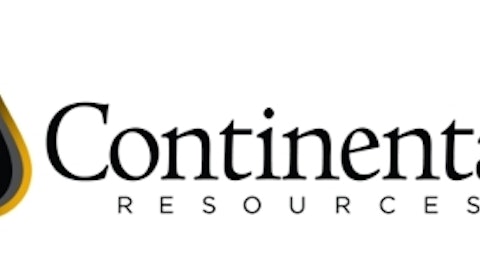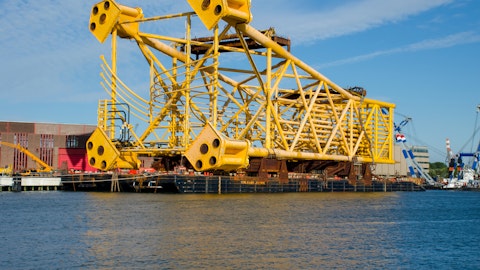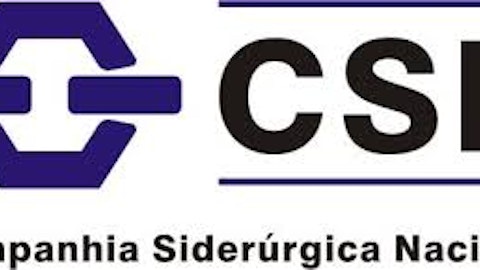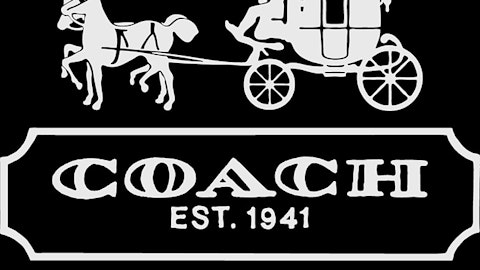On the other hand, NUE’s low-cost, capital-light, labor union-free, and flexible mini mill model kept generating free cash flow throughout the entire period:

Source: Nucor, Simply Safe Dividends
Nucor Corporation (NYSE:NUE) also reduces its cost structure and volatility by vertically integrating (it is the largest steel recycler in the country). The company has primarily used recycled metal and steel scrap to manufacture steel, but it has increased its use of direct-reduced iron (DRI) as a raw material, recently building a DRI plant in Louisiana.
DRI allows the company to create higher-quality products that are more profitable and less subject to import competition. These products are typically required to meet certain specifications, often need just-in-time delivery, and have less margin of error (i.e. it would be costly for customers to return these products to China if they aren’t made right the first time).
NUE is also the most diversified steel producer in North America, which reduces the company’s dependence on any one end market. Its large size also provides economies of scale to further reduce costs. Essentially, NUE is the best house in a bad neighborhood.
Key Risks
Steel is a commodity, and commodities are priced based on supply and demand. Companies that produce commodities are typically subjected to the market’s ups and downs unless they can somehow constrain supply.
Unfortunately, the market for steel is global, and China is the biggest producer. According to World Steel, China produced about 50% of crude steel worldwide in 2014.
While NUE has one of the lowest cost profiles in the U.S., there is little it can do to combat the Chinese producers that receive subsidies from China’s government and have lower labor costs. Government subsidies allow them to dump steel in the U.S. at extremely competitive prices. When the U.S. market is seeing strong demand for steel, it is a magnet for foreign imports, which account for about one-third of the U.S. market.
The Wall Street Journal published an article in June 2015 that did a nice job covering the challenges faced by the two major remaining steel manufacturers in the U.S. (NUE and U.S. Steel). It noted that surging Chinese steel production had pushed steel prices down by 23% since January 2015, causing NUE and U.S. Steel to ask the government for protective import tariffs on steel from China and four other countries.
Most recently, NUE noted during its third quarter 2015 conference call that China’s global steel exports surged by 27% in the first eight months of the year. They are on track to exceed 100 million tons, which is greater than the total U.S. steel production in 2014. Many steel markets around the world are suffering from overcapacity, causing steel products from low-cost countries such as China to flood the U.S. and pressure profitability. Companies like NUE are crying for more import tariffs and greater government protection from illegally dumped imports, but these processes move very slowly.
The chart below shows the price of hot-rolled band (HRB) steel over the last 15 years across several different regions. It highlights the cyclicality of steel prices and their current weakness as a result of import competition and soft demand trends. The dark blue line shows prices in the U.S. and currently hovers around levels last seen during the financial crisis.

Source: SteelBenchmarker





